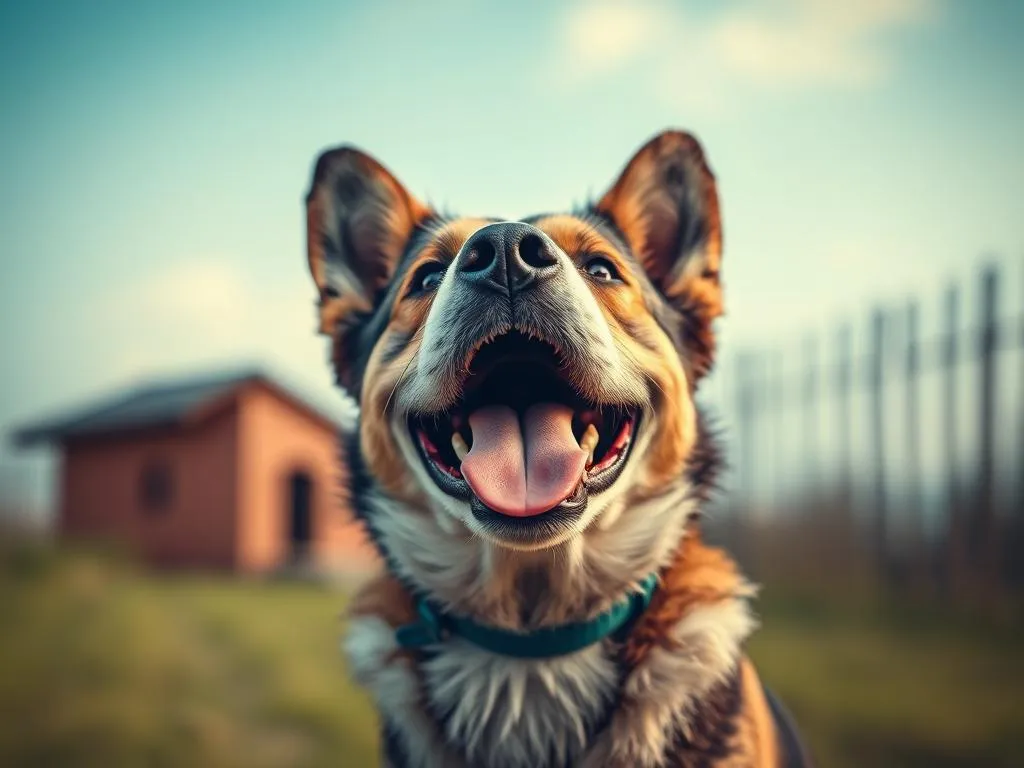
Introduction
Creating a happy environment for your furry friend is not just a luxury—it’s a necessity. A happy dog translates into a happy owner, as dogs provide companionship, joy, and emotional support. Studies have shown that having a happy dog can significantly improve an owner’s mental health, reduce stress, and enhance overall well-being. But how can we ensure our pets lead joyful lives? This article will explore various essential aspects of making a dog happy, from understanding their needs to engaging in fun activities, nutrition, and health care.
Understanding Your Dog’s Needs
Basic Needs
Every dog requires certain fundamental needs to thrive. These include:
- Food: A balanced diet is crucial for a dog’s health. Quality dog food that meets their nutritional needs is essential.
- Water: Fresh water should always be available.
- Shelter: A safe and comfortable living environment protects your dog from the elements.
- Exercise: Regular physical activity is vital for a dog’s physical health and happiness.
Additionally, regular veterinary check-ups are essential to ensure your dog is healthy and to catch any potential issues early on.
Emotional Needs
Dogs are social creatures and have emotional needs that must be addressed:
- Understanding Behavior: Dogs communicate through body language and barks. Recognizing signs of stress or happiness can help you cater to their emotional needs.
- Socialization: It’s crucial for dogs to interact with other dogs and people. Socialization helps them become well-adjusted and reduces anxiety in new situations.
Mental Stimulation
Keeping a dog’s mind engaged is just as important as physical exercise. Boredom can lead to behavioral issues. Here are some activities that stimulate a dog’s brain:
- Puzzle toys
- Training sessions
- Interactive games
By incorporating these activities into your dog’s routine, you can keep them mentally happy and engaged.
Physical Activities to Keep Your Dog Happy
Daily Walks
One of the simplest ways to maintain a happy dog is through regular walks. Walking not only keeps your dog healthy but also strengthens the bond between you. To make walks more enjoyable:
- Vary Your Routes: Explore new trails and neighborhoods.
- Engage Their Senses: Allow your dog to sniff around and discover new scents.
Playtime
Interactive playtime is essential for a dog’s happiness. Play helps them release energy and strengthens your relationship. Popular games to consider include:
- Fetch: A classic game that promotes exercise and fun.
- Tug-of-War: Great for bonding and physical activity.
- Hide and Seek: Encourages mental stimulation and problem-solving.
Dog Sports and Training
Engaging in dog sports can be an excellent way to ensure your dog remains happy and healthy. Popular options include:
- Agility: Involves navigating obstacle courses, promoting both physical fitness and mental engagement.
- Flyball: A relay race that engages dogs in a fun competition.
Training sessions also serve dual purposes: they provide mental stimulation and strengthen the bond between you and your dog.
Creating a Comfortable Home Environment
Safe and Cozy Space
Creating a comfortable environment at home is crucial for a happy dog. Consider the following:
- Sleeping Area: Provide a soft bed in a quiet and cozy location.
- Safe Spaces: Designate areas where your dog can relax without disturbances.
Dog-Proofing Your Home
To ensure a safe environment for your dog:
- Remove Hazards: Keep harmful chemicals and sharp objects out of reach.
- Secure Toxic Items: Many household items can be toxic to dogs, such as certain plants and human foods.
The Right Tools and Toys
Having the right toys can greatly enhance your dog’s happiness. Consider:
- Interactive Toys: These keep your dog engaged and mentally stimulated.
- Rotating Toys: Switch out toys regularly to maintain your dog’s interest and excitement.
Nutrition and Diet
Understanding Dog Nutrition
A balanced diet is essential for a dog’s health and happiness. Key elements include:
- High-Quality Dog Food: Look for brands that offer complete and balanced nutrition.
- Regular Feeding Schedule: Consistency helps with digestion and overall health.
Treats and Rewards
Treats can be used to promote happiness and reinforce positive behaviors. However, moderation is key:
- Healthy Treat Options: Consider low-calorie treats or fruits and vegetables safe for dogs, like carrots and apples.
Special Dietary Needs
Some dogs may have allergies or sensitivities. Consult with your veterinarian to determine the best dietary plan for your dog, ensuring they remain healthy and happy.
Socialization and Companionship
Importance of Social Interaction
Socialization is vital for a happy dog. Regular exposure to new environments and interactions with other dogs and people can help build confidence and reduce anxiety. Tips for successful socialization include:
- Introduce Gradually: Take your time when introducing your dog to new situations.
- Observe Behavior: Pay attention to your dog’s reactions and comfort levels.
Building a Strong Bond with Your Dog
Strengthening your bond with your dog leads to a more happy dog. Engaging in activities such as:
- Training Sessions: Teaching commands builds trust and communication.
- Quality Time Together: Spend time cuddling, playing, or simply being together to enhance your connection.
Health and Wellness
Regular Health Check-ups
Maintaining your dog’s health is crucial for their happiness. Regular veterinary visits ensure vaccinations are up to date and that any health concerns are addressed promptly.
Managing Stress and Anxiety
Recognizing signs of stress in dogs is essential. Common indicators include:
- Excessive barking
- Whining
- Destructive behavior
To alleviate anxiety, consider techniques such as:
- Calming Music: Soft music can help soothe anxious dogs.
- Pheromone Diffusers: These can create a calming environment.
Grooming and Hygiene
Grooming plays a significant role in ensuring a dog’s happiness. Regular grooming not only keeps your dog looking good but also helps them feel comfortable. Tips for effective grooming include:
- Brushing: Regular brushing can reduce shedding and prevent matting.
- Bathing: Keep baths to a minimum to avoid stripping natural oils but ensure cleanliness.
Conclusion
In conclusion, making a dog happy involves understanding their needs—both physical and emotional—providing a stimulating environment, and ensuring their health and well-being. As a dog owner, you have the power to enhance your dog’s life significantly. By taking actionable steps to address these aspects, you can foster a joyful and rewarding relationship with your furry companion. Remember, a happy dog means a happy life for both you and your beloved pet.









